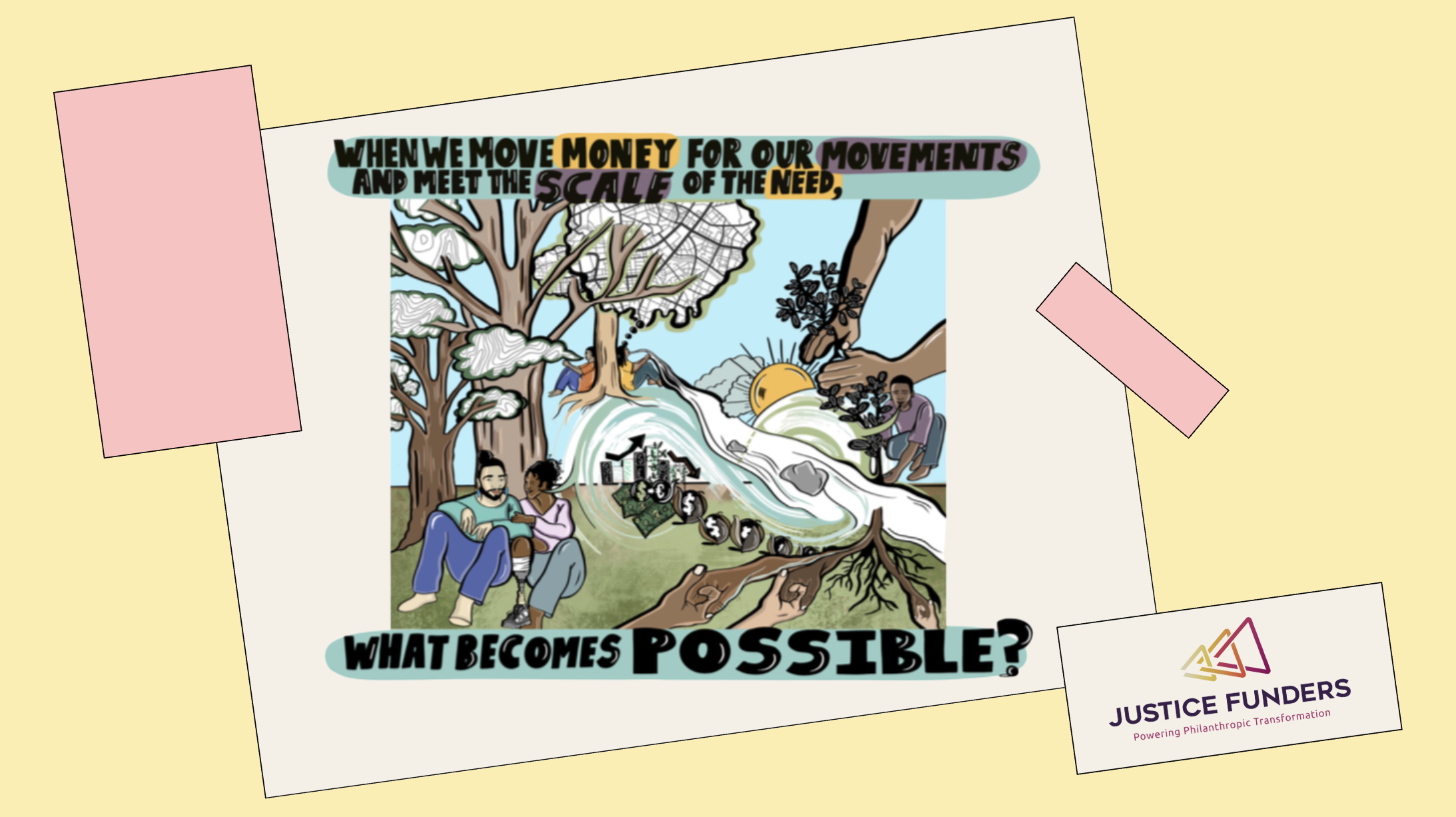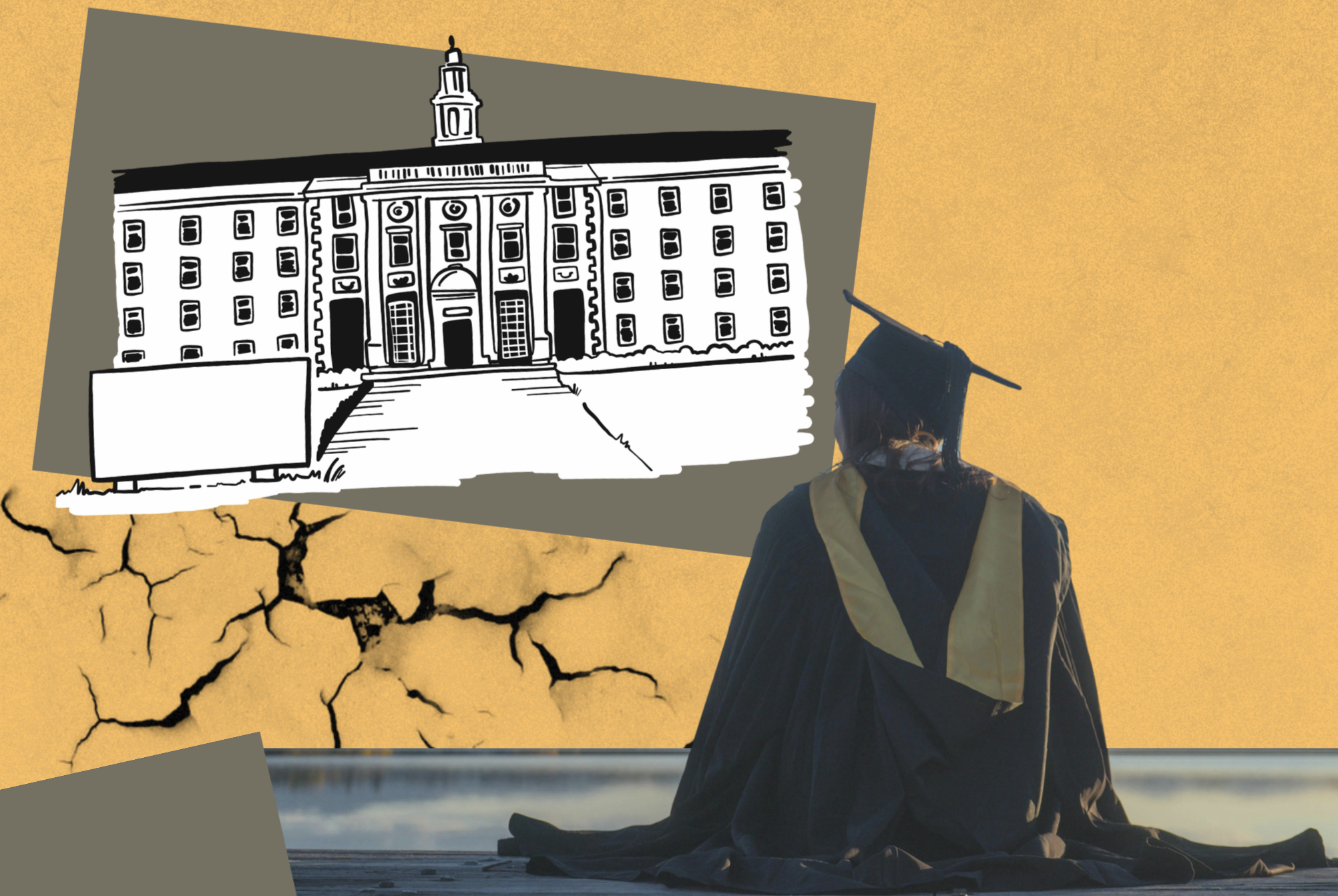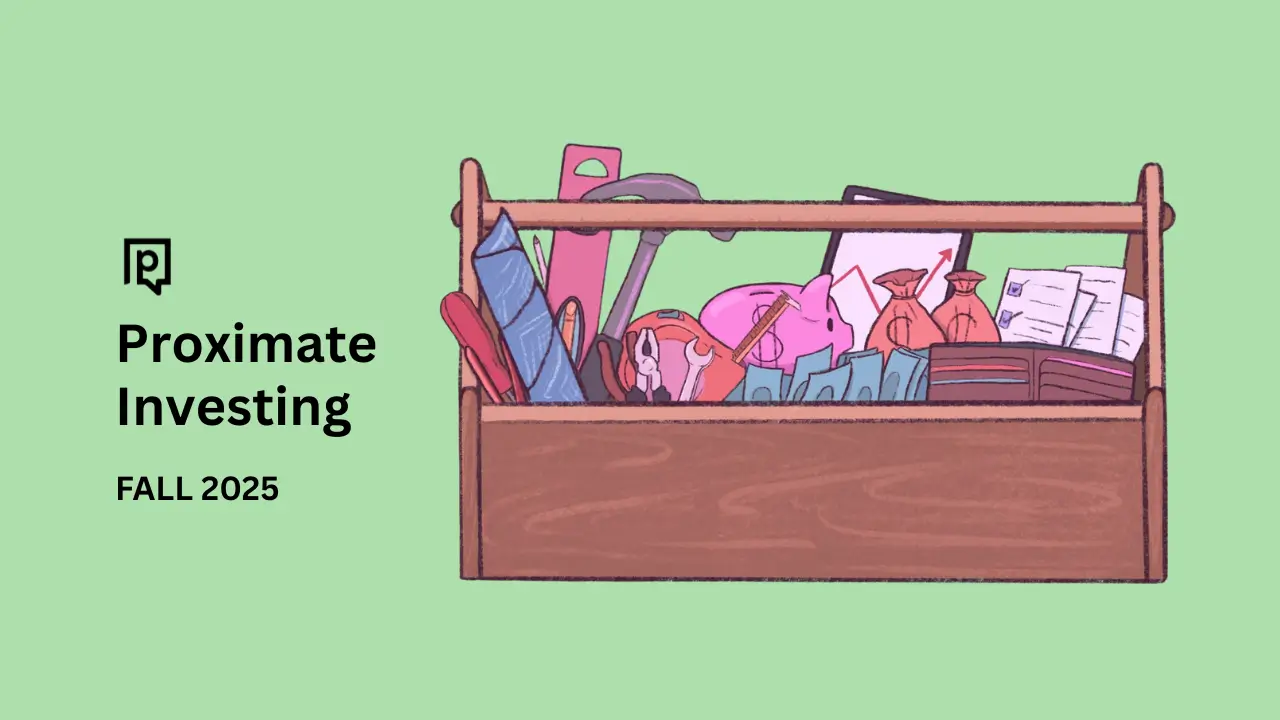Take a quick drive down your local freeway, and you can see that the energy transition is happening. Light dances off of solar panels atop homes by the road. Windmills dot the horizon line. An electric car will pass you on the left (or if it’s a Tesla, probably on the right).
While it may be slow, the energy transition is here; we can see it. Yet what’s less visible is who will own this transition, and who will reap the benefits.
Clearly, we all stand to gain from the cleaner world that the energy transition aims to create. But this will be a transformation of systems, not just energy inputs and carbon outputs. Fossil fuels are a system - extracting, processing, refining, storing, transporting, selling, marketing, investing, etc. have created structures in our economy and communities that we can’t replace one-to-one with renewable sources.
The fossil fuel economy has also created a vastly inequitable distribution of wealth, and if we aren’t deliberate, the energy transition could do just the same.
Reclaiming Power
Transitioning from fossil fuels is a once-in-a-generation opportunity to upend large corporations’ oligopolistic power over our energy supply and transform the energy system to work for the people. In Wealth Supremacy: How the Extractive Economy and the Biased Rules of Capitalism Drives Today's Crises, Marjorie Kelly and Mark Campanale describe how under a new system of renewable energy, “all flows are essentially free.” Once renewable energy infrastructure is purchased, the actual inputs - like wind and sun - are free. We won’t be as dependent on a corporation’s stores of fossil fuels, and they won’t hold the same power.
Still, that won’t stop them from trying to hold onto control of the system. This has inspired a push for local, democratic ownership of energy infrastructure that can shift the balance of power back to those most affected by the energy itself - the people.
Across the world, communities are investing in and owning their own renewable energy infrastructure. Participatory investing, an investing approach that shifts decision-making power away from traditional funders and towards end-user communities, is particularly important to ensure an equitable energy transition. Communities that have been historically excluded and harmed by traditional investment structures deserve to hold meaningful power and ownership over capital strategy, design, implementation, and outcomes, as well as the energy that powers their world.
Thanks to community organizers, this is already happening. More than two million European citizens across thirty countries were involved in citizen-led renewable energy initiatives from 2020 to 2021. Together, these projects installed renewable energy facilities with a combined capacity of 7.2 to 9.9 gigawatts – the same amount of energy we’d get by burning 129 to 178 billion pounds of coal.

The Rise of Energy Cooperatives
One common form of participatory renewable energy project is the energy cooperative, like the Starkenburg Energy Cooperative, whose 1,000+ members own seven wind farms and thirty-one solar projects.
Energy cooperatives are collectively owned and operated companies that provide energy and investment returns to their members, often local populations like those in the Starkenburg region. The Starkenburg Cooperative, like many others, allows new members to join with an investment into one of their renewable energy projects. They’re non-partisan and operate under a one member, one vote principle, guaranteeing that capital doesn’t buy undue influence.
If owned by an energy cooperative, a new renewable energy project doesn’t just bring electricity into a region - it brings in jobs and investment returns, and keeps the value added in the local community. These cooperatives are growing in popularity across Europe, and starting to make their way to the United States.
In Northeast Pennsylvania, the Clean Energy Co-op seeks to serve its community by offering renewable energy to nonprofit and community organizations at affordable prices, and by offering citizens the chance to invest in the energy transition. To meet both goals, they rely on a “slow money” investment strategy and aim to provide their investors with a 2% return.
Jack Barnett, former president and a founding member of the Co-op, emphasizes the “long-term and local” nature of their approach. When evaluating a potential project, the Co-op’s project development committee carefully models the risks and returns over 25 years to ensure that both host sites and investors benefit from the transition. This runs counter to the quick money ideals that often drive investing practices.
“The solar development field has exploded with startup money,” Barnett explains, “we don’t compete with them.”
Instead, their business model is sustainable, renewable, and centers community engagement. It’s a different philosophy - and a necessary mindset shift to ensure the new energy system doesn’t replicate the inequities of the old one.
For some, the unfamiliarity of this model may seem intimidating. But those who want to get involved should “just show up,” current Clean Energy Co-op president Chris Weigand assures. “It’s a learning curve. Laws are constantly changing. But just show up, get your feet wet, and start learning.”
She credits Sustainable Energy Education and Development Support (SEEDS) and its development training as a key foundation of the Co-op and an excellent resource for this co-op model. Organizations like SEEDS, and co-ops like the Clean Energy Co-op, Co-op Power in New York City, and La Cooperativa Hidroeléctrica de la Montaña in Puerto Rico, are only possible because of their communities’ passion and dedication. Each individual’s support makes a difference; each voice matters.
Beyond Cooperatives
Another widely-known participatory model for renewable is crowdfunding, which invites large numbers of citizens to invest small amounts of their own money directly into companies piloting renewable energy technologies. For entrepreneurs, crowdfunding can unlock millions in previously inaccessible capital. For citizen investors, it can provide opportunities to make the kinds of investments that were previously reserved for banks and private equity with relatively low barriers to entry.
Take Citizenergy, for example. It’s a renewable energy crowdfunding platform co-funded by the European Union that aims to promote cross-border democratic financing. Citizens can invest in renewable energy projects and companies through various financial instruments like loans, bonds, equity investments, membership in an energy cooperative, or “generation-based” investments, where investors receive their returns in the form of electricity itself or discounted electricity rates.
To be clear, community organizers aren’t arguing that citizens should be individually responsible for funding the energy transition, or that governments and energy corporations don’t bear their own responsibility to prioritize renewable energy for the world’s collective good. They’re asking us to rethink what the energy transition should look like and to take action to make that happen.
We have an opportunity to address structural inequities before they happen, and we can’t do it without widespread awareness and commitment to an equitable future. To transform the energy sector to be more truly renewable and truly sustainable, we need to transform the way we fund it - and enable people everywhere to invest in and own their future on Earth.









%20(1280%20x%20720%20px)%20(46).png)



.webp)
%20(1280%20x%20720%20px)%20(3).webp)


%20(1280%20x%20720%20px)%20(39).png)
%20(1280%20x%20720%20px).webp)

%20(1280%20x%20720%20px)%20(2).webp)



%20(1280%20x%20720%20px)%20(40).png)

.webp)
.webp)

